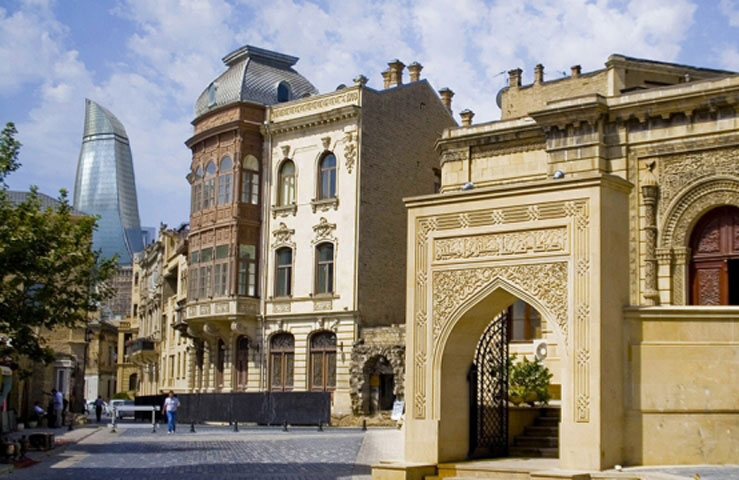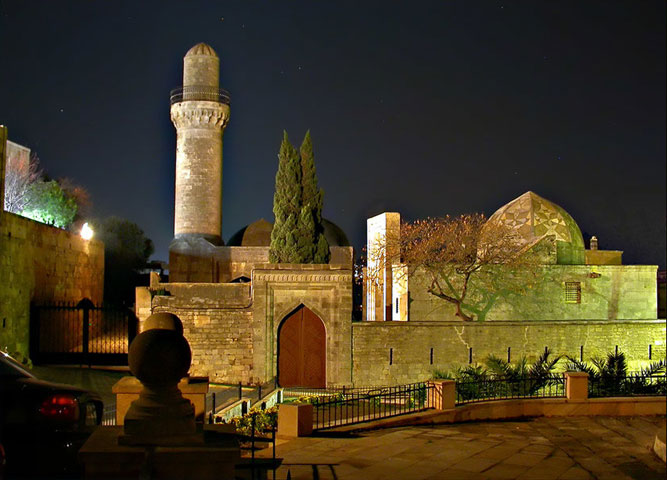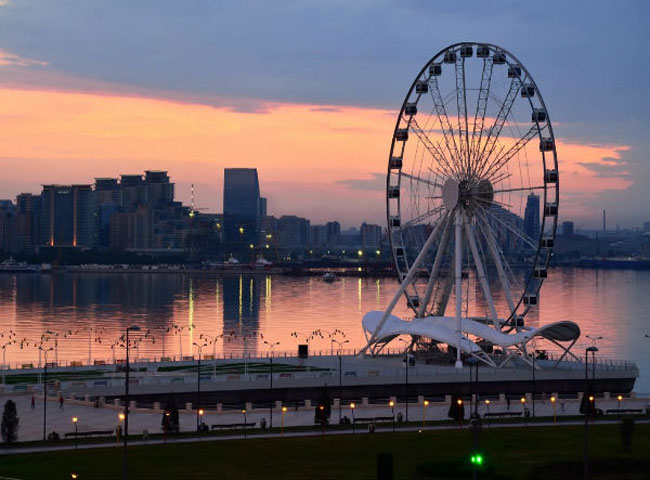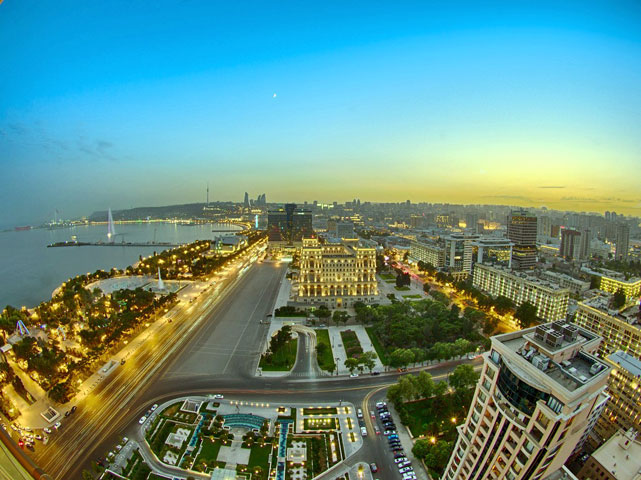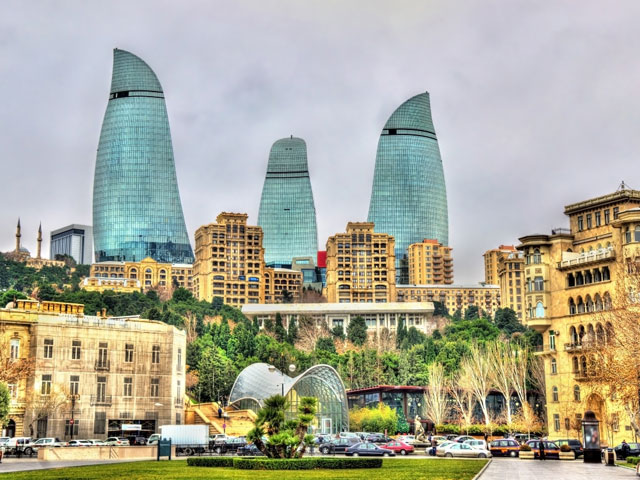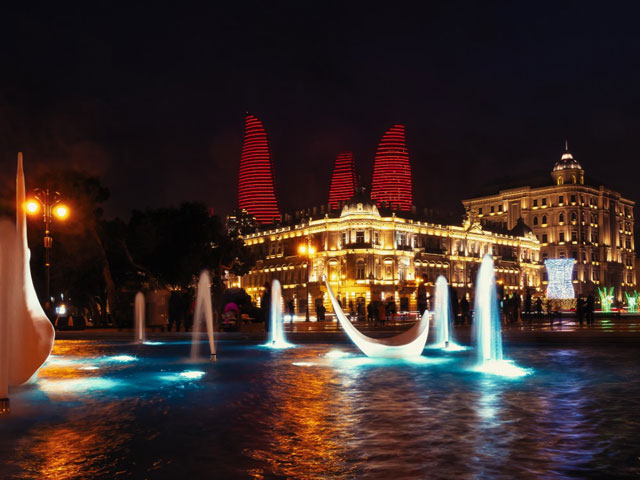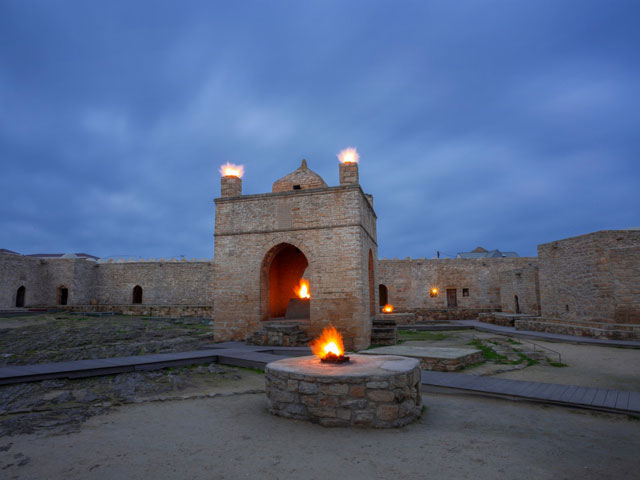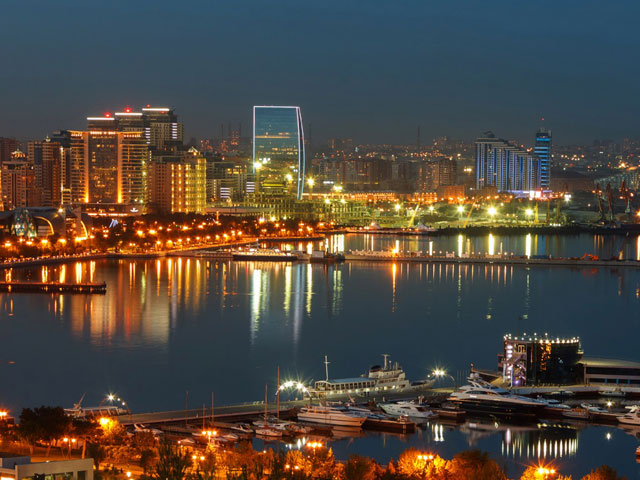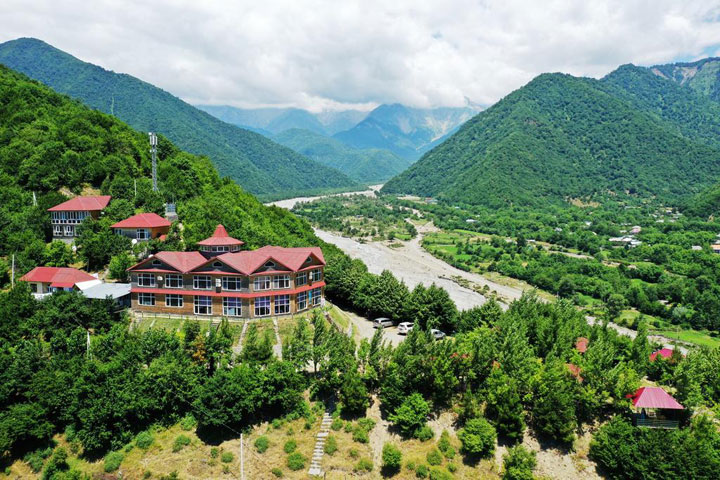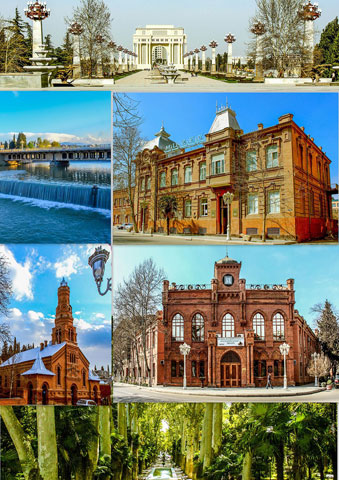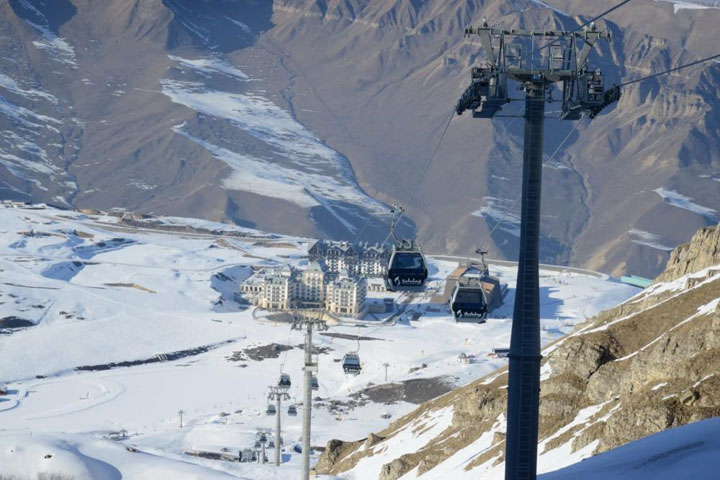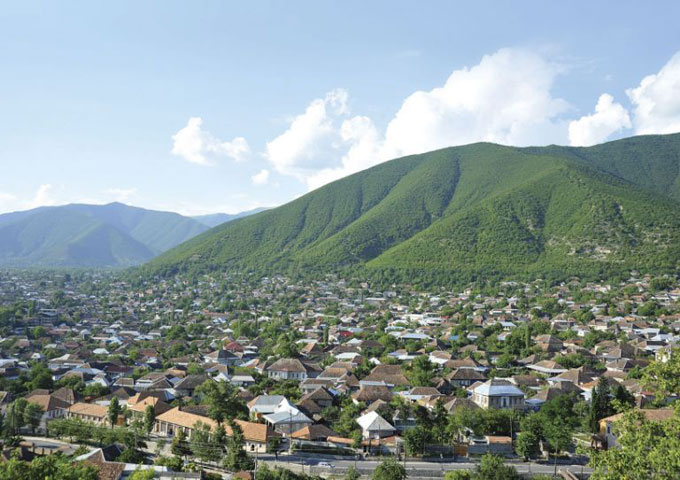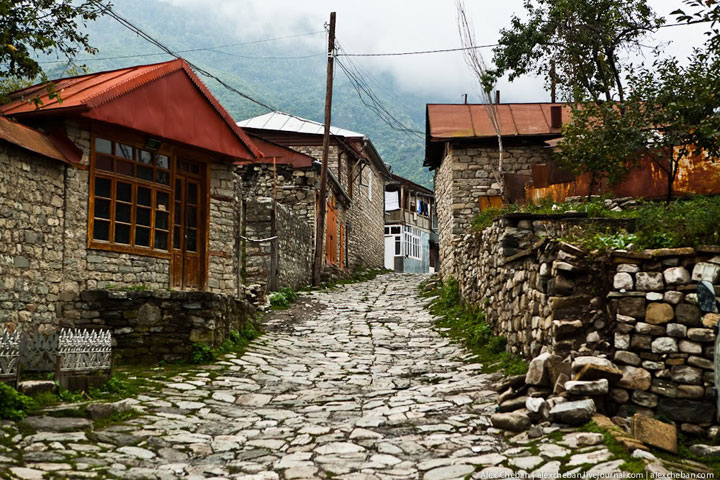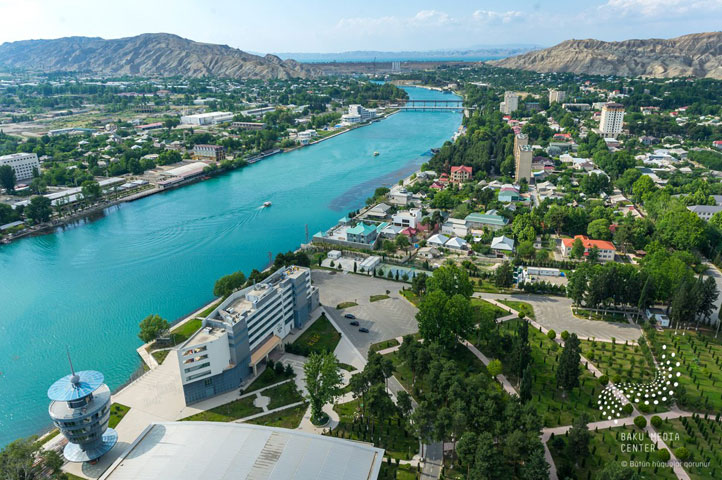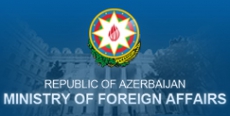Azerbaijan as a Tourism Destination
Azerbaijan today is a unique combination of the many cultures and empires that have passed through, as well as home to some of the most stunning natural landscapes of the Caucasus. Whether you want to explore the most modern corners of cities or escape into the mountains or beaches, Azerbaijan has something to offer.
Baku is Azerbaijan’s capital and largest city, built around the fortified Icheri-Sheher. Walk through the narrow alleys and discover the many sights around every corner, or enjoy the broad promenades and world-class establishments of the more modern parts of the city. You’ll find for yourself that Baku is a charming city on par with many other world metropolises. Explore the history of Azerbaijan at the Palace of the Shirvanshahs, and climb the Maiden Tower to see Baku in full.
And for something beyond tourist sites, try some shopping through Baku’s pedestrian streets or a meal at one of the fine restaurants throughout the city, serving both traditional Azerbaijani food and international classics.
Head out of the city for even more of Azerbaijan. Be amazed by the detailed workmanship at the Palace of Shaki Khans, wander through the otherworldly mud volcanoes in the Gobustan Reserve, or climb the mountains to reach Khinalug, the highest village in Europe. Naftalan is home to petroleum spas, where there are unique oil baths, or spend some time relaxing on the beaches of the Caspian Sea or the slopes of the Caucasus Mountains. Shamakhi was an ancient capital of Azerbaijan, and today’s rebuilt buildings are great examples of modern Islamic architecture.
Azerbaijan’s rich culture is on display at any of the country’s many museums, from the large museums of the country’s capital to the smaller regional museums, full of character. Learn about local and regional history, carpet making, nature, and more, and then head out and experience it for yourself. See how the patterns of nature ended up in the carpets of Quba, or how the flavors of southern Azerbaijan influenced the top restaurants in Baku.
From 28 meters (92 ft) below sea level to 4,485 m (14,714ft) above sea level, Azerbaijan’s nature has plenty to explore. In the north of the country are the Great Caucasus Mountains, home to the best ski resorts and extreme mountain landscapes. In the center of the country are rolling hills covered in forest and deserts, broad and open. And don’t forget the seashore. Even though the Caspian Sea is technically the largest lake in the world, there’s plenty of space for watersports and relaxing on the beach.
Azerbaijan is all about extremes: ancient and modern, natural and man-made, minimal and intricate. You’ll definitely want to experience Azerbaijan for yourself, with a tour that fits your needs and allows you to explore your interests in this beautiful country.
Azerbaijan is home to three UNESCO World Heritage Sites, plus a number of other important places that have been considered for inclusion in the World Heritage Sites list. Right in the center of Baku is Icheri-Sheher, the walled city that once housed the entire population of Baku.
Wander through the narrow alleys of the city to experience how it would have looked to the medieval residents who walked the same streets. The other site is Gobustan, home to hundreds of thousands of petroglyphs depicting ancient life.
The latest inclusion (July 2019) to the UNESCO World Heritage list from Azerbaijan was Historic Centre of Sheki with the Khan’s Palace. The historic city of Sheki is located at the foot of the Greater Caucasus Mountains and divided into two by the Gurjana River. While the older northern part is built on the mountain, its southern part extends into the river valley. Its historic centre, rebuilt after the destruction of an earlier town by mudflows in the 18th century, is characterized by a traditional architectural ensemble of houses with high gabled roofs. Located along important historic trade routes, the city’s architecture was influenced by Safavid, Qadjar and Russian building traditions. The Khan Palace, in the northeast of the city, and a number of merchant houses reflect the wealth generated by silkworm breeding and the trade in silk cocoons from the late 18th to the 19th centuries.
Go beyond the obvious with trips to Sheki, Khinalug, Ateshgah, or to the many fortresses and temples that were staples of life in the region for centuries. Azerbaijan’s rich history can be explored at the many historical destinations across the country. Sheki and Shamakhi were capitals of empires that existed centuries ago, and their former imperial glory lives on in the historical sites and their surroundings.
Baku is famous for its cultural life, but that’s not to say that the rest of the country doesn’t have its own charms. A visit to the Azerbaijan Carpet Museum and excursions to carpet workshops (Quba has a thriving workshop) will make anyone an expert of carpets and the various regional types found around Azerbaijan. Art lovers will appreciate the Museum of Modern Art or the National Museum of Art, and theater lovers will find plenty to do in Baku. Some famous historical sites also have a cultural aspect, such as the isolated and unique culture of Khinalug and the excellent craftsmanship of Sheki. UNESCO has recognized copper making in Lahic, silk scarves, carpet weaving, mugham and tar as Intangible Cultural Heritage, but this is only a start when it comes to exploring Azerbaijan’s cultural heritage.
From the shores of the Caspian Sea (which actually lie below sea level) to the heights of the Caucasus Mountains, Azerbaijan offers a variety of natural destinations. Summer is a great time to relax by the beach, with a variety of seashore resorts on the Caspian Sea, while winter is the perfect season for a stay at a ski resort in the mountains. There are also national parks that are great for hikes and even longer trips, while picnicking has long been a treasured tradition.
Below you can find links related to tourism in Azerbaijan:

